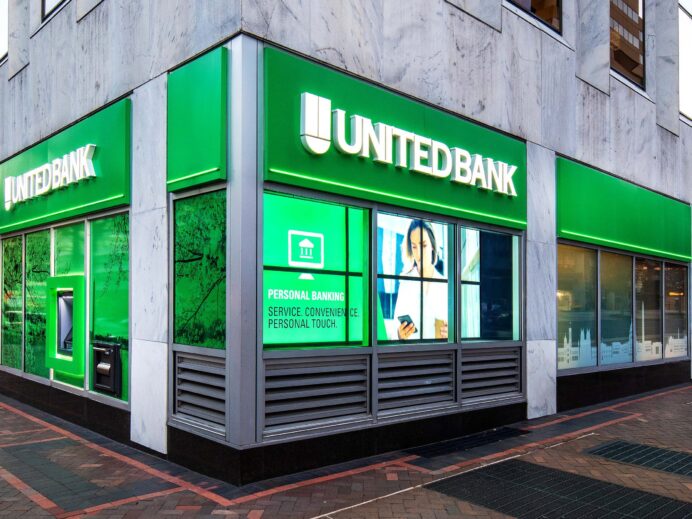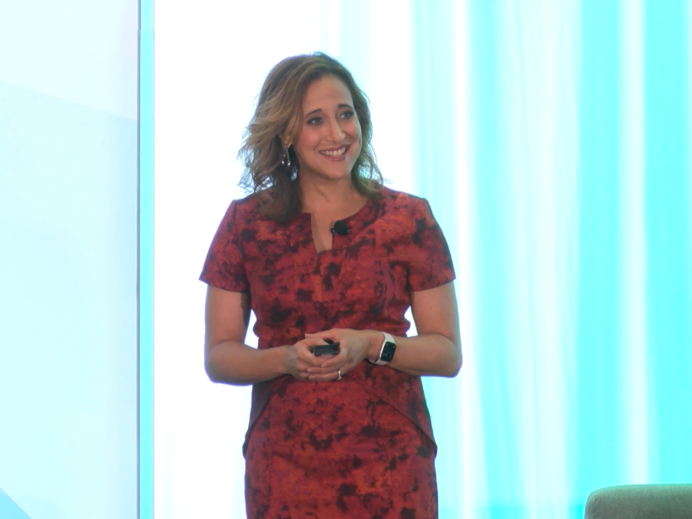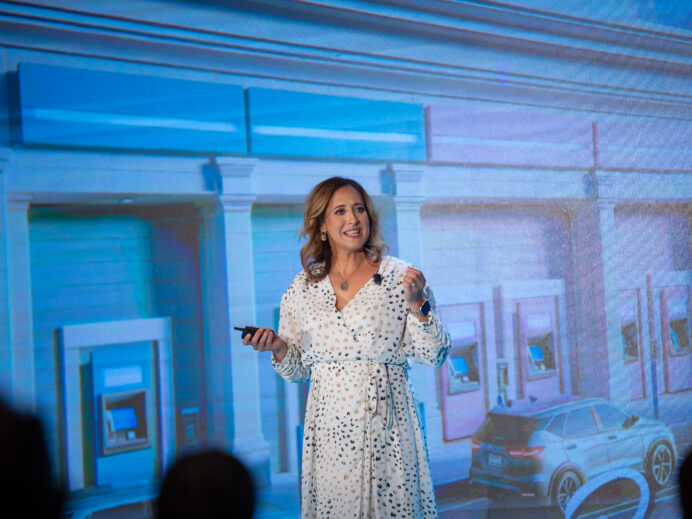
In our last Insights article “Creating Real ROI Across Your Retail Network,” we addressed four key categories to consider when planning to optimize a physical network of retail locations.
What retail, healthcare and bank brands recognize is that despite disruption, their stores, clinics and branches are still essential gathering spots for consumers. It’s not just their presence that matters; these locations are a place where the brand can really come to life for consumers. It’s no wonder that brick and mortar retail locations still deliver no small amount of business for their brands. In the financial services industry in particular, retail bank branches are still the #1 driver of market share.
Rightsizing Retail
It’s this market potential that has banking giants like Chase redoubling their branch efforts to reach 93% of the U.S. population by 2022. While increased market share may be a heady prospect for bank brands, decisions about how to capitalize on branches should be rooted in reality. The goal for any bank brand looking to enhance their branch network is to balance experience with efficiency. With experience in mind, banks want to create a space where people want to talk and transact, depending on each site’s defined purpose. On the efficiency side, banks want to make sure the space is as compact (yet functional) as feasible. In the end, the bank wants to pay out as little as possible for that presence.
However, what some may read into the word “efficiency” is shuttering. In fact over many decades in corporate life, efficiency experts have measured ROI and made recommendations for underperforming retail stores. From the 1980s forward, downsizing and closure has been de rigueur with big brands slashing brick and mortar locations that can’t make the cut. In 2019, retail closures continue apace with 29% more store closings announced than in the entirety of 2018. But banking is different. When we say efficiency, we aren’t generally speaking to a binary existential question: to close or not to close. What we mean instead is a range of options informed by what is known as The Network Effect.






